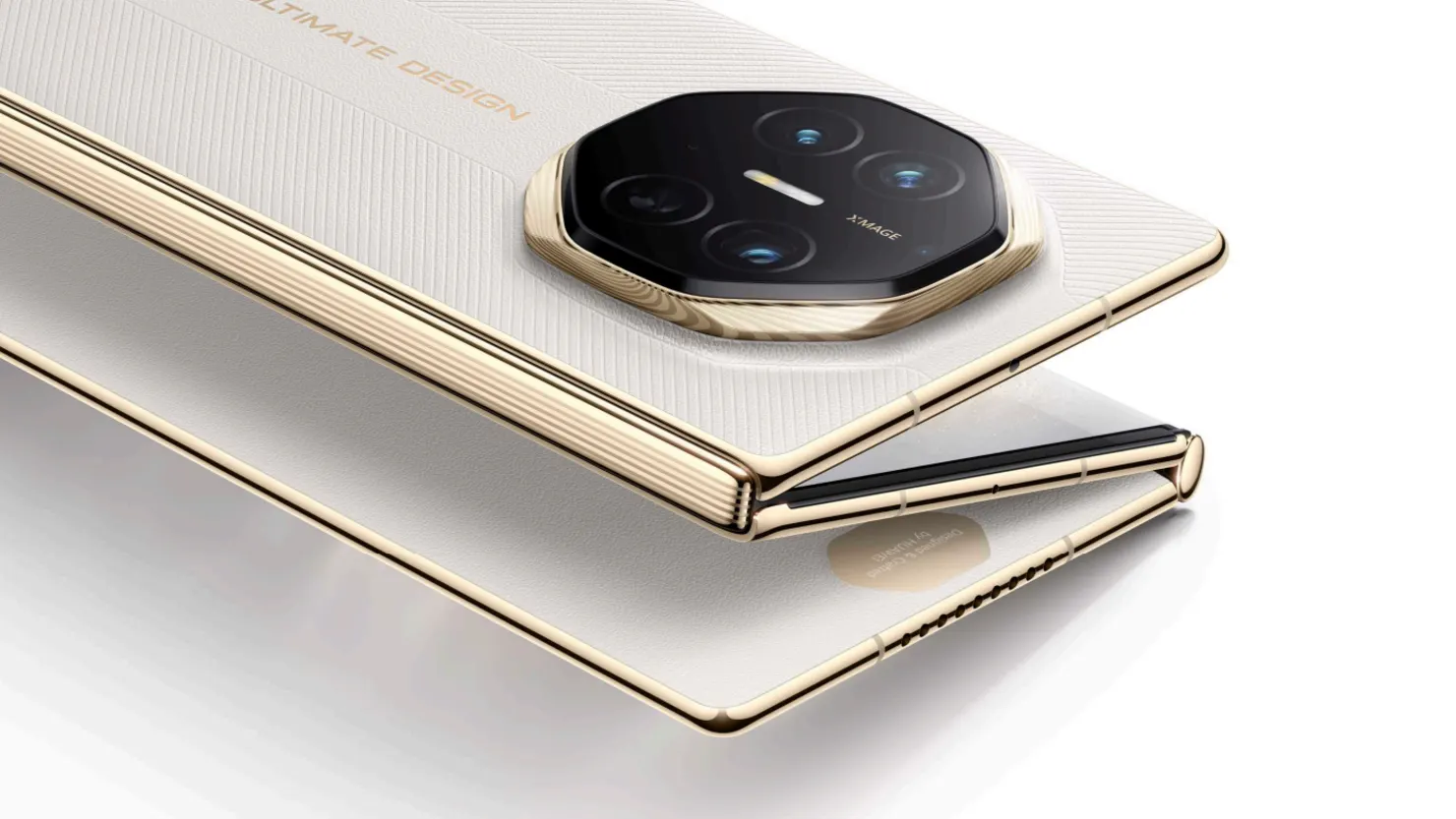Huawei Launches Innovative Mate XTs Trifold Smartphone Amid Market Resurgence
Huawei has officially introduced its second-generation trifold smartphone, the Huawei Mate XTs, as part of its strategy to solidify its presence in the Chinese market while cautiously eyeing international expansion. Priced between 17,999 yuan (approximately $2,520) and 21,999 yuan for the highest memory variant, the Mate XTs distinguishes itself from traditional foldable phones with its unique design featuring two hinges. This innovative structure allows the device to fold at two points, transforming into a tablet-like format when fully opened. The original Mate XT, launched last year, was the first device of its kind, setting a precedent in the foldable smartphone market.
Market Dynamics and Huawei’s Resurgence
Huawei’s latest offering comes at a time when the company is experiencing a notable resurgence in the Chinese smartphone market. Recent statistics indicate that Huawei’s market share has climbed to 18% in the second quarter of 2023, up from 15% the previous year. This growth has positioned Huawei as the largest smartphone vendor in China, a significant achievement considering the intense competition from other domestic brands like Xiaomi and Oppo.
In the foldable phone segment, Huawei has established a commanding lead, capturing an impressive 75% market share. Since its launch, the original Mate XT has sold approximately 470,000 units, generating over $1.3 billion in revenue. Analysts attribute this strong performance to a growing consumer appetite for innovative and premium smartphones, despite the high price point of these devices.
Innovation in the Face of Adversity
The launch of the Mate XTs also underscores Huawei’s commitment to innovation, particularly in the wake of U.S. sanctions imposed in 2020. These sanctions severely disrupted Huawei’s smartphone business by limiting access to essential software and chip technology. In response, the company has made significant strides in developing its own operating system, HarmonyOS, and has secured domestically manufactured chips for its newer devices. This strategic pivot has allowed Huawei to gradually regain its footing in the competitive smartphone landscape.
The Mate XTs operates on HarmonyOS 5.1, the latest iteration of Huawei’s proprietary operating system. Designed with productivity in mind, the device supports PC-grade applications optimized for its trifold screen. Users can stack, resize, and move multiple windows, mimicking the functionality of a desktop environment. This feature positions the Mate XTs as not just a smartphone but a versatile productivity tool.
Specifications and Features
The Mate XTs boasts a range of impressive specifications that cater to tech-savvy consumers. It features a robust 5,600 mAh battery, which is relatively large compared to other smartphones on the market, ensuring extended usage without frequent recharging. The device will be available in four distinct colors, appealing to a wide array of consumer preferences.
To further entice potential buyers, Huawei is offering significant incentives, including at least 50% off screen replacements and two complimentary service appointments, either at home or at a preferred location. These customer-centric initiatives reflect Huawei’s understanding of the importance of after-sales service in building brand loyalty.
Historical Context and Future Prospects
Huawei’s journey in the smartphone industry has been marked by both remarkable achievements and significant challenges. Founded in 1987, the company initially focused on telecommunications equipment before expanding into consumer electronics. By the late 2010s, Huawei had emerged as a global leader in smartphone manufacturing, often competing head-to-head with industry giants like Apple and Samsung.
However, the imposition of U.S. sanctions in 2020 marked a turning point for Huawei, forcing the company to adapt rapidly. The development of HarmonyOS and the shift towards domestic chip production are part of a broader strategy to mitigate the impact of these sanctions. As Huawei continues to innovate, the Mate XTs represents a critical step in its efforts to redefine smartphone design and functionality.
Conclusion
The launch of the Huawei Mate XTs trifold smartphone signifies more than just a new product; it represents the company’s resilience and commitment to innovation in a challenging market environment. With its unique design, robust specifications, and strategic pricing, the Mate XTs aims to capture the attention of consumers both in China and abroad. As Huawei navigates the complexities of the global smartphone landscape, its focus on cutting-edge technology and customer service will be crucial in maintaining its competitive edge. The Mate XTs is not just a testament to Huawei’s engineering prowess but also a reflection of the evolving demands of modern smartphone users.









